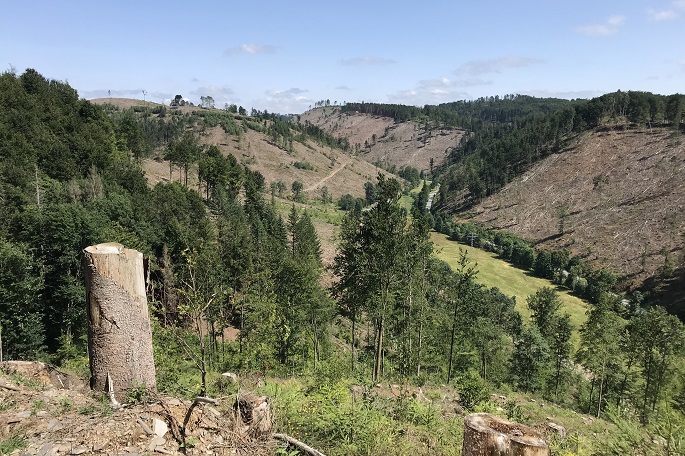Germany loses 5% of forest from 2018 to 2021
Published : 21 Feb 2022, 23:45
Germany lost almost 5% of its forest cover in the three years between January 2018 and April 2021, the German Aerospace Center (DLR) reported on Monday, citing satellite images, said dpa.
The DLR attributed the loss of around 501,000 hectares of woodland "primarily to unusually extreme periods of heat and drought in these years, which in turn favoured attack by harmful insects."
The DLR research group of the Earth Observation Center (EOC) in Oberpfaffenhofen made use of images taken by the Sentinel-2 satellite of the European Copernicus programme and the US satellite Landsat 8 to assess the loss.
The survey found that the worst-hit areas lay in the coniferous forests of central Germany, stretching from the Eifel region on the border with Belgium in the west, through the Harz mountains and Thuringia to the hills of Saxon Switzerland, a national park on the border with the Czech Republic, in the east.
Germany's most populous state of North Rhine Westphalia in the west of the country lost more than a quarter of its spruce forests, with some regions recording a loss of as much as two thirds.
The trees either died off or were deliberately felled as part of emergency measures. "Total felling is frequently the final measure in the event of massive attack by pests, with the aim - in the case of spruce - of depriving the bark beetle of food and in this way preventing its further spread," the DLR said.
While broad-leafed trees can often recover from insect infestation, this is not usually the case for coniferous trees.


